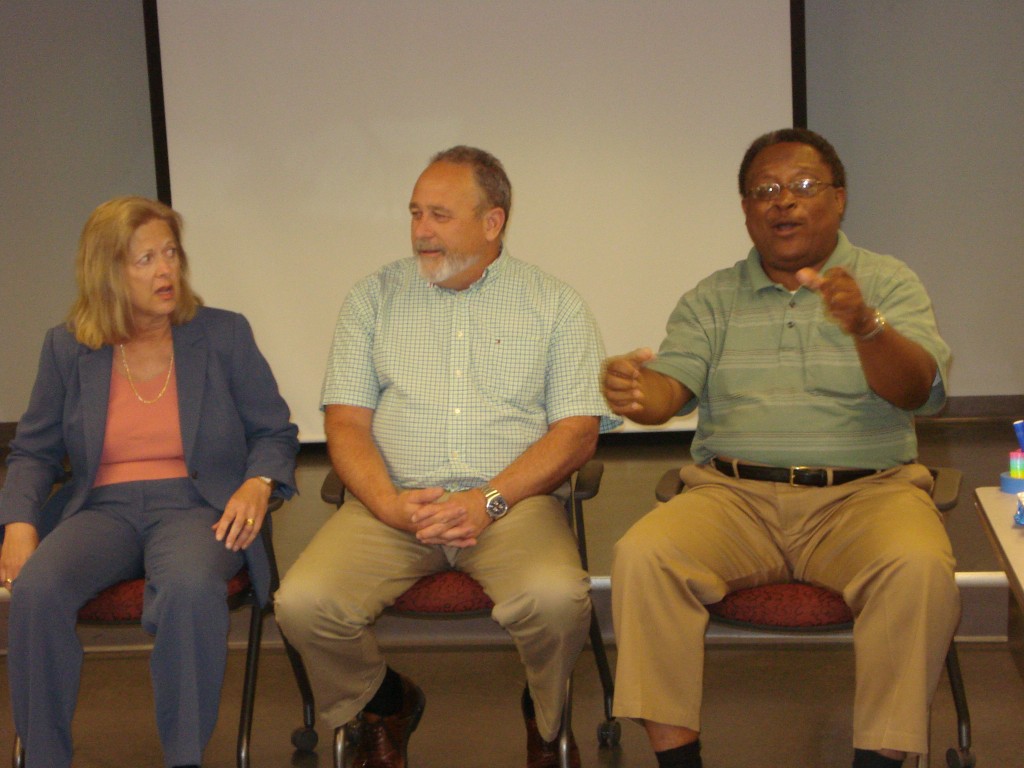
I was coaching a client last year who sells office products in Canada. We were putting together his presentation for a conference where he would be speaking to others in his industry sharing ideas that have been successful in his company. He was assigned a topic by the meeting planner but as we began chatting, I asked what set his company apart from all the rest who sell office products. His answer was simple, “It’s our story.”
His whole demeanor changed as he began telling me their story. He got excited. I was engaged. He walked me through their story and told me although they sell office products what they project to the customer is a belief that the community and the environment are an integral part of everyone’s success. He explained they re-circulate 33% of their revenue directly to residents and local businesses compared to 19% of their multinational counterparts. They stock local products and buy local services. They support local charities, events, and sports teams and they hire local labor. They have a carbon reduction strategy. Their delivery trucks and cargo tricycles run on green electricity while their customers use reusable totes for recycling toner cartridges, etc. These electric vehicles can be seen throughout the community on a regular basis providing awesome brand recognition.
Additionally, they are a founding partner and sponsor of a social enterprise that provides life skills to residents of the community. Participants go through an eight week culinary training program. So far 500+ students have gone through the program with 75% finding jobs.
As he’s telling me this story we decide he won’t use the topic provided by the meeting planner but instead he’ll address the importance of having a clearly defined corporate story. And, he’ll do this by telling the audience their story. Storytelling is a presentation skill you must have if you want to be successful. We changed topics because he was excited about this story and when he stood in front of the audience at the conference they felt his enthusiasm and they were very engaged. Everything he told them about his company related back to the company being focused on the community and the environment. It’s why they do what they do. It’s their story. People in the community know their story and support their business.
Corporate stories need to appeal to human emotion, they need to be authentic and they need to leave a lasting impression. This corporate story does all of that. Why do you do what you do? What’s your story?




